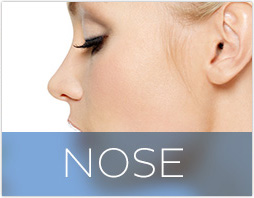
There are many benefits and disadvantages to using either silicone or saline implants in breast augmentation. While silicone implants are more flexible and less likely to break, saline implants can be brittle and more easily filled with saltwater. These implants are less noticeable and require a smaller incision. These implants are not recommended for women who have very little breast tissue.
Shaped implants replicate the natural teardrop shape of breasts
Shaped breast implants are more natural-looking than round implants. They have a thinner top, and then gradually fill out to the point below the nipple. This shape is a favorite among women who want a natural-looking enhancement. These implants can contain cohesive silicone gel. They are less prone to causing wrinkles, folds, and tears than round ones.

Silicone implants tend to be less prone for rippling
Saline implants are more susceptible to rippling than silicone implants. But, silicone implants tend to have less noticeable ripple. Silicone implants contain a cohesive gel filler. The gel closely matches the skin and natural breast tissue. Silicone implants can be less likely to cause excessive rippling. These types of breast implants might be more appropriate for petite or thin women.
Saltwater is used to fill saline implants.
An sterile saltwater mixture is used to fill the breast implants. Some of these implants can be filled pre-filled, while others are filled during an implant procedure. They are available in many sizes and shapes, and can be smooth or textured. They are FDA approved for breast augmentation by women 18 years and older. They are also often used during breast reconstruction.
Gummy bear implants have a firmer silicone gel
Gummy bear breasts implants are more stable because they have a solid silicone gel. Because of their firm silicone gel and teardrop-shaped shape, they are more likely to retain their form and decrease the chance of developing capsular contracture. The implants are firmer than regular silicone or saline implants and have firmer outer shells.
Saline implants are FDA-approved for women aged 22 and older
Filling saline breast implants with sterilized salwater is possible. They are cheaper and more versatile than silicone implants, which are typically filled intraoperatively. Saline implant can be shaped to fit patient's specific needs. They are FDA approved for women 22 years and older.

Saline implants are less susceptible to capsular contracture
Studies have found that saline breast implants are less prone to capsule contracture than silicone breast implants. These findings have some caveats. First, patients must agree to fund a reoperation, and it is important that they acknowledge this in their written informed consent documents. Second, additional reoperations may worsen the condition and increase the risk of permanent tissue compromise.